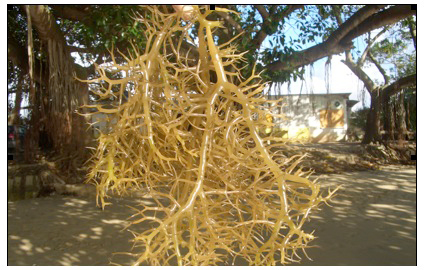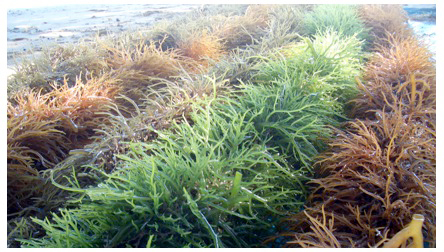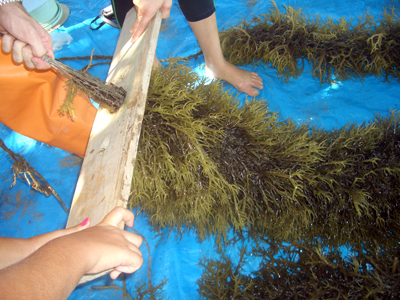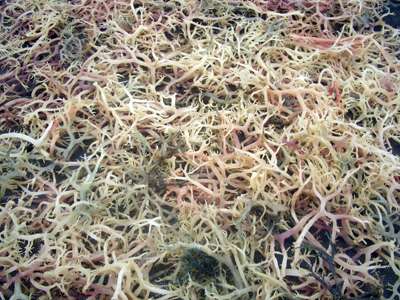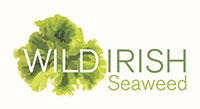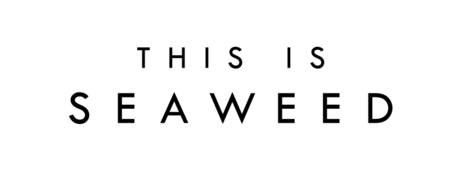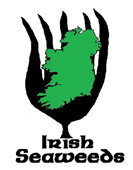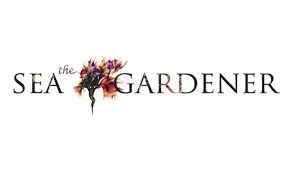Eucheumoid algae
By Dr Leila Hayashi (Universidade Federal de Santa Catarina, Florianópolis, Brasil)
Kappaphycus alvarezii (Fig. 1, below), Kappaphycus striatum and Eucheuma denticulatum belong to a group of commercially important species known as the “Eucheumoid algae” and are known in the trade as “cottonii” and “spinosum”. These three species are the main source of kappa and iota carrageenan, being responsible for about 88% of worldwide raw material.
Figure 1: Brown strain of Kappaphycus alvarezii cultivated in Florianópolis, Santa Catarina, Brazil. Picture © Leila Hayashi taken on24/04/2009.
Statistical data from the FAO's (Food and Aquaculture Organization of United Nations) Fisheries and Aquaculture Departments show that the production in 2007 of these three species was about 1.6 million wet tons, with a landed value of some US$175 million.
Commercial farms are located mainly in the Philippines, Indonesia, Tanzania, Mozambique, Zanzibar, and a few Pacific Islands. The success of these farms resulted in the introduction of Kappaphycus and Eucheuma to more than 25 countries, but many of them ceased farming at an experimental stage.
Cultivation methods
Cultivation of eucheumoid algae is really simple under the right conditions. It is based on vegetative propagation. These species can grow easily when attached on ropes, reaching growth rates between 3-8% per day. There are several cultivation methods: off-bottom, rafts, and long-lines.
Figure 2: Brown, green and red strains of Kappaphycus alvarezii planted in tubular nets (see text), cultivated in Florianópolis, Santa Catarina, Brazil. Picture © Leila Hayashi, taken on 21/05/2009.
The off-bottom method uses stakes, which hold the ropes with the propagules attached, and must be done in shallow and clean water. Rafts are frequently used in deeper waters but require boats to go to the farms. The structure to keep the ropes inside the water is provided by rafts, made from bamboo, wood or PVC pipe, instead of stakes. Long-lines can be used as in off-bottom, as in the raft methods, and is a more intensive cultivation process. It is recommended when large areas are being used.
Traditionally, propagules are attached to the ropes in a system known as “tie-tie”, in which each plant is tied with plastic strings or ties. Nowadays, variations of this method are used, such as the “made-loop”, in which a plastic string is tied into a loop tied on the rope, and the tubular nets commonly utilized in mussel cultivation (Fig. 2, above). This last methodology has been very effective in Brazilian cultivation.
Harvesting and processing
Production cycles vary from 30 to 60 days, depending on the farming region and method. If the propagules are attached in the ropes with the “tie-tie” method, then the harvesting consists only in untying or cutting the plastic strings or ties. If the propagules are attached using the “made-loops” or tubular nets, the harvesting is done with the help of a “line stripper”: a wooded piece with holes of different sizes, which the cultivation rope is fed through, stripping the seaweeds.
Figure 3: "Line stripper" used for Kappaphycus alvarezii harvesting. Picture © Leila Hayashi, taken on 04/02/2010.
After harvesting, the seaweeds are washed several times with seawater to remove sediments, and sun-dried (Fig. 4, below) until they reach the commercial moisture content (30-40%). Dried seaweed is normally bailed to facilitate the transportation, and even the exportation. Seaweed farmers can sell the collected biomass to stackers, or the bales directly to traders who will forward the production to exporters and international processors. Farmers can be organized in cooperatives, and these can facilitate the relationship between them and the traders.
Figure 4: Sun-dried Kappaphycus alvarezii samples from experimental farming of Florianópolis, Santa Catarina, Brazil. Picture taken 08/02/2010 by Leila Hayashi.
Carrageenan extraction procedures
There are two main kinds of carrageenan extracts, different according to the extraction methodology employed: semi-refined and refined carrageenan.
In semi-refined carrageenan extraction, clean seaweed is cooked in an alkali solution to improve the gel strength, and then washed several times and laid out to dry in the sun. Later, the alkali-treated material is ground and sold as seaweed flour. This process is much shorter and cheaper than refined carrageenan process. However, semi-refined carrageenan has different applications than the refined carrageenan: it is usually used for canning meat and for pet food, and products in which the presence of coloring does not matter.
Refined carrageenan is obtained after a pre-treatment with alkali solution, followed by cooking in water. The seaweed residue is removed by filtration and the carrageenan is recovered from the solution by precipitation with isopropyl alcohol, or by repeatedly freezing and thawing the gel until water is totally eliminated from the carrageenan fibers. The fibers are then dried and ground in the same way of semi-refined carrageenan. The result product is practically “pure” carrageenan, without any residue of seaweed, and can be used in food industry for refined products like desserts, puddings, amongst many other things, because it is colorless.
Introduction of exotic species
Eucheumoid seaweeds are commercially important, and their success stimulated the introduction to many countries. However, in some places, introduced species became a problem, such as in India and Hawaii, where the species began to overgrow coral reefs, and in the Phillipines, Malaysia and India, where epiphyte outbreaks induced loss of entire crops (see Ask et al. 2003).
Normally, compared to other aquaculture activities, seaweed farming is one of the lest environmentally-impactating activities, but care must be taken to avoid future difficulties, particularly when dealing with introduced species. Selection of adequate sites, environmental monitoring (mainly related with the bio-dispersion), and quarantine protocols must be made to guarantee the success of the activity.

